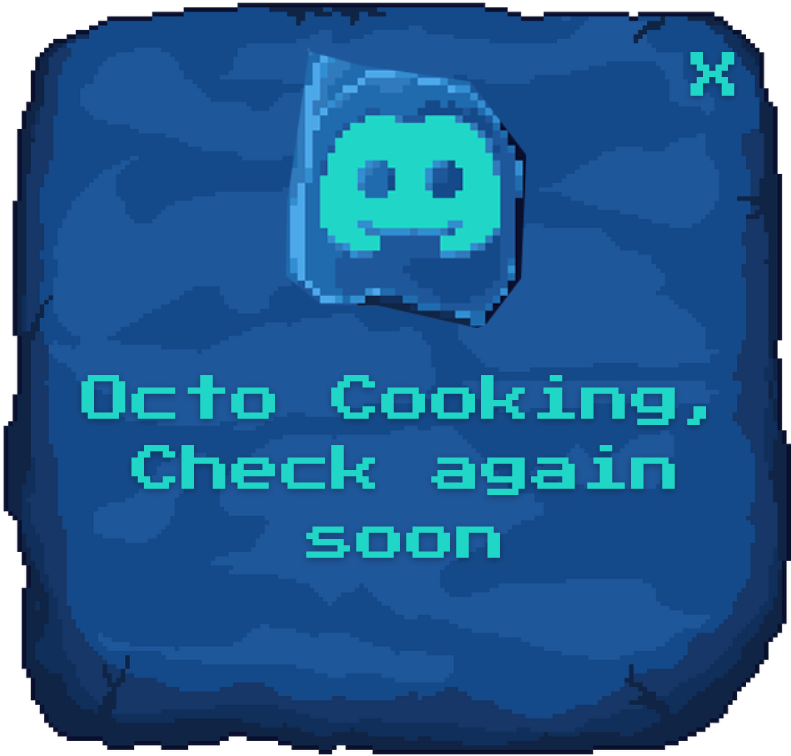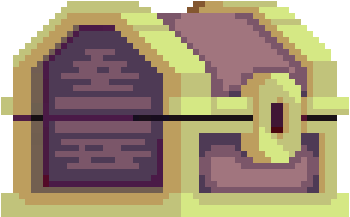














THE•OCTOGLYPHS Runes are a groundbreaking initiative collection that combines ordinal theory with the innovative capabilities of the Rune meta protocol, bringing GameFi to Bitcoin.
Each OctoGlyph is a unique digital artifact, intricately tied to its own rune supply and connected by parent-child provenance to a larger, overarching Parent rune.
This whitepaper, or runepaper, outlines the structure, mechanics, and strategic vision of the OctoGlyph Runes, designed to offer a captivating and engaging experience for collectors and holders.
Our vision is to create an engaging ecosystem that not only showcases the technical might and uniqueness of each OctoGlyph but also offers interactive and rewarding experiences for collectors. By leveraging Ordinal Theory and the Rune Meta Protocol, we aim to build a decentralized, transparent, and fair platform where ordinal theory and game mechanics converge in a way only possible with runes.
To ensure each OctoGlyph maintains its mining history across ownership transfers, the OctoGlyph RuneScription Collection implements a continuous mining progress mechanism. Here's how it works:
To support this mechanism, the OctoGlyph ecosystem will introduce:
The OctoGlyph RuneScription Collection implements a phased claim system to balance immediate rewards with long-term stability. Holders can claim a portion of their mined runes before the full 88,888 are mined, structured as follows:
Dont play the game and simply sit back with your OctoGlyph unlisted for it to passively mine its own rune.
Founded by some of the best anon builders in the space, the founders are known for helping out any project in need, From etching the 3rd Rune (DOG•GO•TO•THE•MOON) to onboarding world renowned artists onto Bitcoin. These builders just dont stop.
An ancient prophecy speaks of 10,000 OctoGlyphs on a journey to find their origins. These on-chain octopi are foretold to discover a legendary Realm, built by their ancestors and filled with ancient runes. As they navigate the UTXOcean, the secrets of the number 8 will begin to reveal themselves, promising to unveil their true heritage.
The Block 9 - 450x refers to the sats coming from the very first Bitcoin in Block 9. With 50 Bitcoin to a block back then, these sats are not only the earliest sats in circulation, but they also have the provenance of being a part of the 10 BTC transfer from Satoshi Nakamoto to Cypherpunk Hal Finney, marking Bitcoin's transition into a transactional network. By etching the entire 10k collection onto these historically significant sats, the OctoGlyphs intertwine with Bitcoin's earliest transaction, making each OctoGlyph a digital artifact deeply rooted in Bitcoin's history.
Sharing the same parent inscription across all 10,000 OctoGlyphs creates a direct genealogical link within the blockchain. This unified provenance enhances the collection's integrity and cohesiveness, exemplifying an advanced use of ordinal theory to maintain a consistent narrative among a large-scale inscription project. It showcases the potential of parent-child relationships within the Rune metaprotocol.
At the time of writing, approx 86,000 runes etched to date, the 10,000 OctoGlyphs represent approximately 11% of the total Rune UTXO supply. This significant proportion highlights the project's impact within the nascent field of Runes, showcasing its success in establishing a substantial niche within the broader Bitcoin ecosystem.
Each and every OctoGlyph inscription IDs starts with 88888 with some going all the way up to 88888888 demonstrating meticulous planning and precision. Achieved by grinding the nLockTime of the reveal transaction, this identifier pattern enhances the collection's narrative and branding, symbolizing luck and prosperity while adding cultural resonance to the technical achievement.
Embedding an 88888 Rune claimable by holders at a future date introduces dynamic engagement and incentivizes holding. This forward-looking mechanism adds value and functionality, representing a novel use of Runes within the current inscriptions and enhancing the collection's appeal.
Aligning sequential block 9 450x sat numbers with OctoGlyph file numbers ensures precise correlation with Bitcoin's transactional history. This high level of craftsmanship appreciates Bitcoin's historical transactions, further cementing the collection's historical and technical value and enriching its lore.
Etching 25 runes per block, typically tied to a singular parent, exceeds Bitcoin blockchain's expected capabilities. This technical breakthrough illustrates advanced manipulation of blockchain limitations, showcasing the project's innovation and technical skill.
Etching at a consistent rate of 8 sats/vB (satoshis per virtual byte) for around 400 blocks over 8 days demonstrates efficient and strategic use of the blockchain. This meticulous approach maximizes blockchain resources, ensuring timely completion and resonating with those who appreciate the technical intricacies of Bitcoin.
Using a custom rune UTXO size of 330 SATs, instead of the typical 10,000 SATs, reflects a tailored and optimized approach to inscriptions. This advanced application of the Rune metaprotocol highlights its flexibility and adaptability, appealing to those who value technical customization and efficiency.
A Runescription is a new class of digital artifact in the Bitcoin ecosystem, integrating art with an ordinal etched onto a rune connected to the Rune UTXO supply. Each Runescription inscribes visual and potentially interactive elements directly onto individual satoshis, enhancing both aesthetic and intrinsic value. This aligns with ordinal theory, which assigns unique identities to satoshis, and expands the Rune metaprotocol's possibilities, facilitating the creation and management of these inscriptions.
Grinding nLockTime is a technique used to change the unique identifier (ID) of an inscription by trying different nLockTime values. Here's how it works:
The purpose of this technique is to find a transaction ID with a specific pattern that is tied to the lore of the OctoGlyph collection, with each of the 10k OctoGlyphs starting with at 88888, going all the way up to 88888888, it unifies the OctoGlyphs together in yet another way with a shared and distinct pattern of on-chain data.